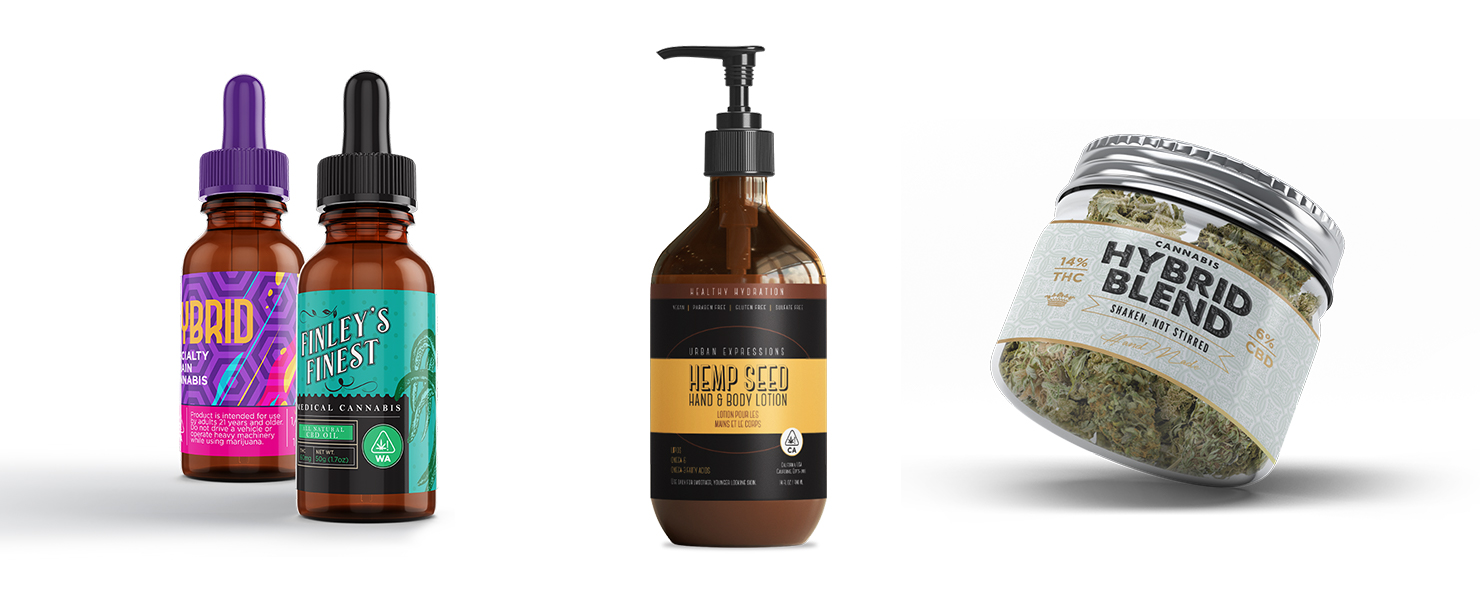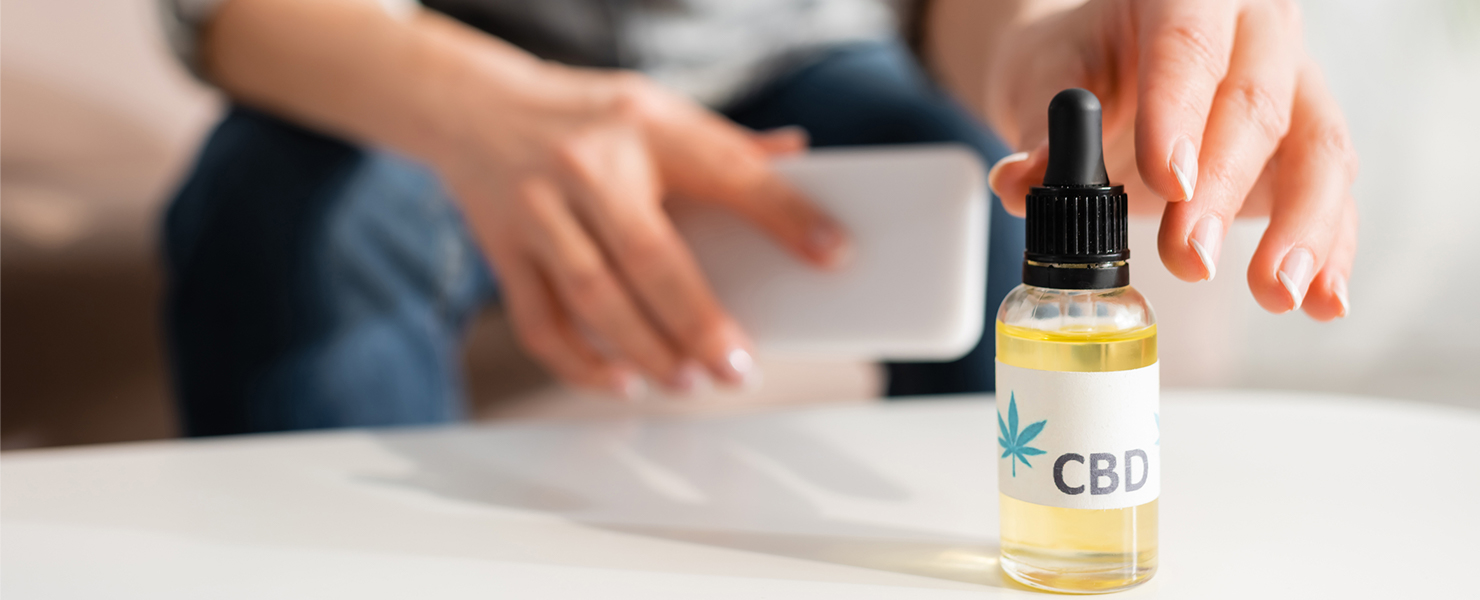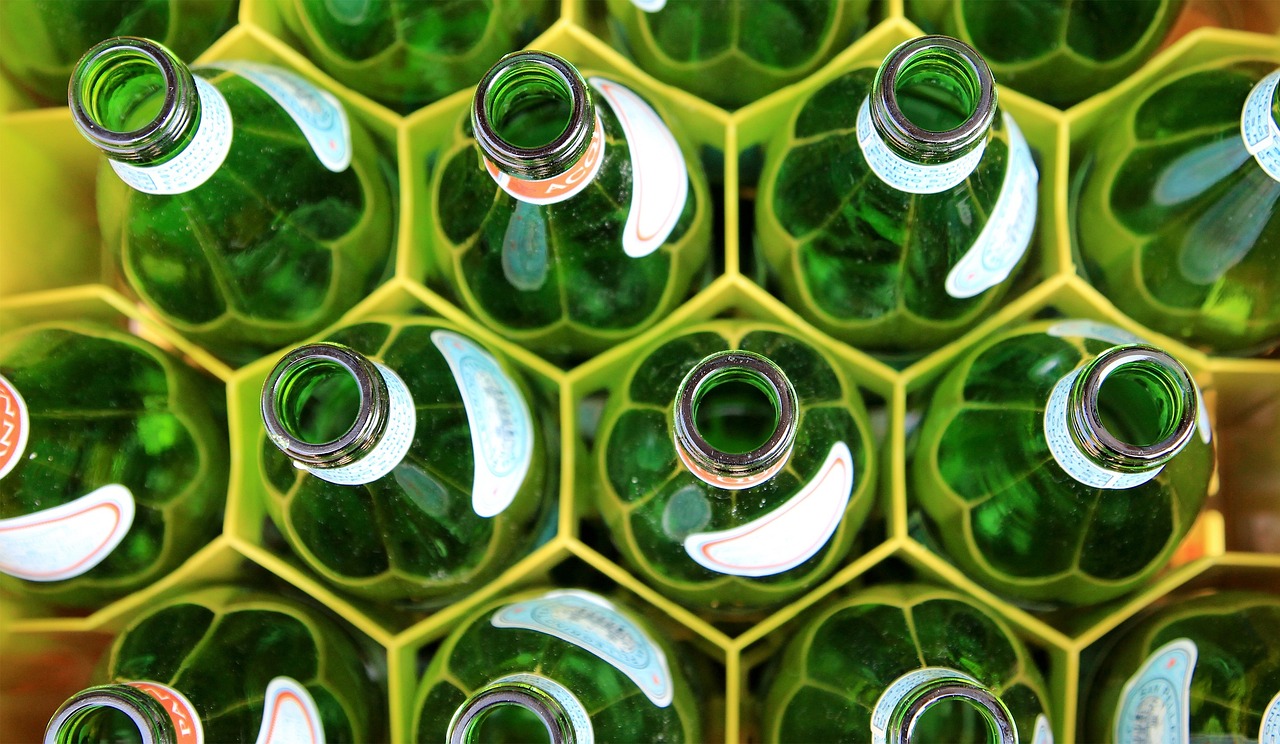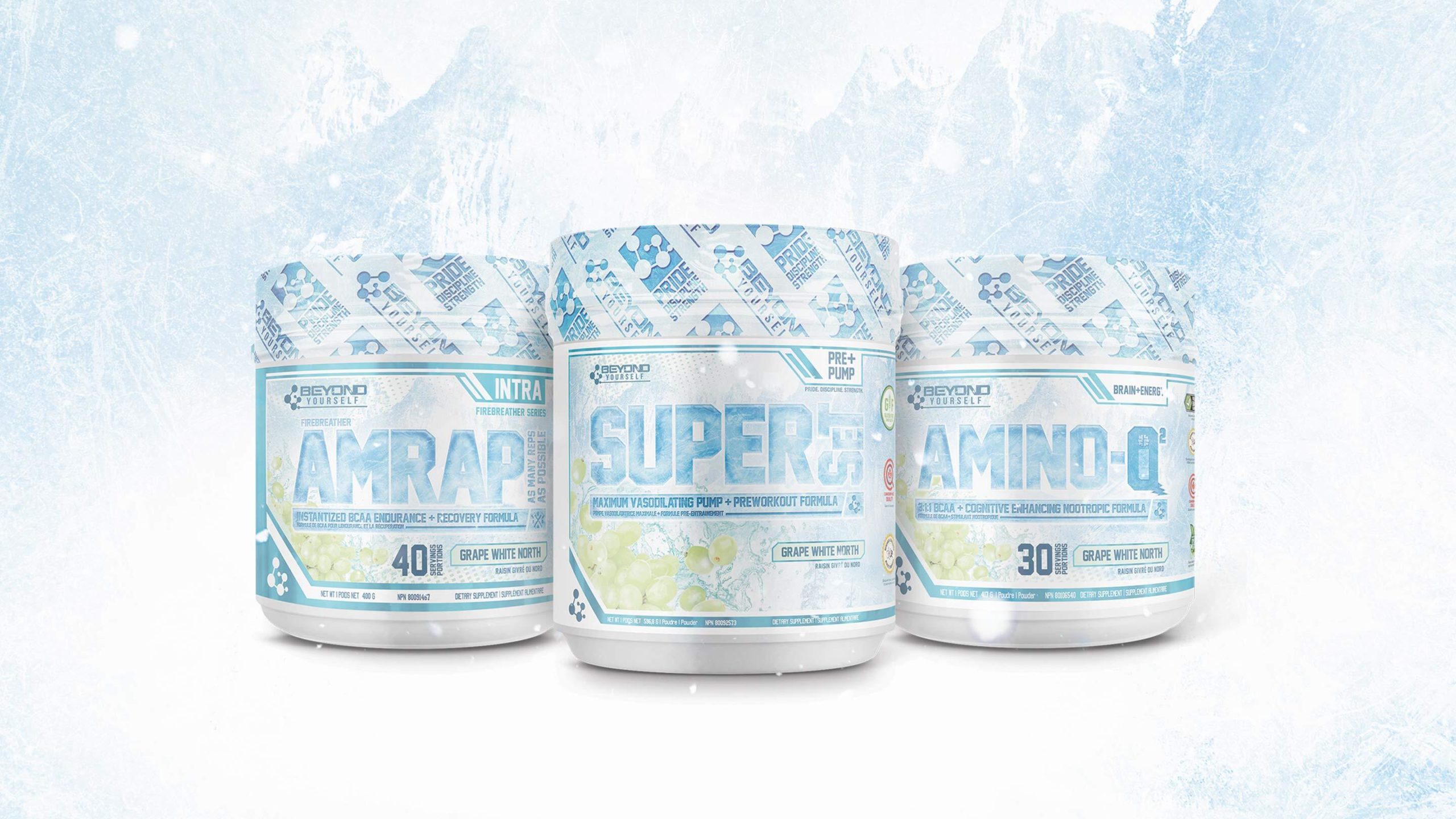Regulatory information on cannabis labels: Strike a balance and protect branding

Cannabis and CBD brand owners have their work cut out for them when it comes to packaging and labeling products.
As one CEO put it in the Cannabis Business Times: “I think it’s going to be a while before [the cannabis industry] really looks like a CPG business… you’ve got regulations on packaging and you can’t ship products across state borders. And then every state has a different regulatory environment, so you don’t have any consistency for mass marketing.”
So what is the best way for brands to meet the challenges of an ever-changing and complex regulatory environment without sacrificing ever-crucial brand real estate?
In this article, we’ll provide information on:
- Labeling methods you can use to fit regulatory requirements
- Key industry insights on the importance of cannabis product branding
- And, crucially, how to strike a balance between the two
Plus, we’ll share criteria for evaluating a supplier specifically for cannabis and CBD labeling needs. With this guidance, you can steer your brand through the labeling and branding challenges and achieve a product that repeatedly earns a spot in the ever-expanding cannabis consumers’ carts.
Achieving cannabis label compliance
Including state labeling requirements is of course essential for selling your products in dispensaries. But there’s more at stake than just legality.
Take these instances: A study from the Journal of the American Medical Association (1) found that many CBD products sold online missed the mark when it came to accurate labeling: Two-thirds of tested products contained either more or less CBD than claimed.
And for one Ohio cannabis brand, a labeling error led state regulators to stop sales of their medical marijuana vaping oils at 13 of 15 retail shops (2) — risking not just consumer trust, but profits as well.
So in order to be in good legal standing, gain the trust of shoppers and protect the bottom line, brand owners must follow the cannabis label requirements laid out by the state.
This is easier said than done as there is currently no federal guidance and each state controls its cannabis legislation (and thus the labeling guidelines).
It’s a similar uphill battle for CBD specifically: The 2018 Farm Bill legalized industrial hemp and thus CBD-derived products, but the federal labeling guidelines are still a work in progress. All product labels need to follow the relevant FDA guidelines based on the product type (i.e. food, cosmetic or dietary supplement) plus include the state-specific CBD packaging requirements.
And for multi-state operators (MSOs), this proves even more challenging as they must manage each state as a siloed entity and follow state-by-state requirements that may differ slightly or drastically.
As the industry matures and becomes federally legal across the country — BDSA predicts federal legalization in 2022 (3) — packaging regulations will hopefully be easier to implement. But in the meantime, brands owners must keep up with their states.
Speaking generally, CBD and cannabis labels could be required to include:
- Product name and identity
- Net weight or volume
- Serving size
- Universal symbol, hemp symbol or medical grade symbol
- THC % and CBD %
- Activation time
- Lab name and test # confirmation
- Date tested
- Strain name
- Business or trade name and license/registration number
- Manufacturer name and address
- FDA disclaimer (for CBD)
Once again, the information provided here is a generalization of cannabis label requirements and is not to be interpreted as legal advice. You should familiarize yourself with the labeling and marketing laws in each relevant state where you plan on placing products.
Resources like state agricultural departments (like this checklist from California or this in-depth guide from Oregon) plus online databases will put you in the best position to know and understand exactly what your state requires.
Options to fit everything on your label
It can prove challenge to fit everything on a cannabis or CBD label, especially with smaller items like vape cartridges and tinctures. Consider these labeling technologies for seamlessly incorporating all required information on your labels:
Variable data printing
Variable data printing (VDP) is perfect for brands with a wide variety of cannabis and CBD products, as you can vary the graphics and information on each individual label in a print run. Brand owners can utilize this technology to plug in state-specific requirements without having to redesign each label or even without equipment changeover.
It’s worth noting that every label in a run must be the same size and shape in order to take advantage of variable data printing. While the graphics can change (as with SKU or flavor variations), all labels in the production run must have the same dimensions. Learn more about opportunities with VDP here.
Smart labels like NFC labels and QR codes
For some states, a Certificate of Analysis (CoA) for the cannabis product is required. This is an excellent opportunity to send shoppers to a site link using a smart label — great for the CoA as well as any other information that couldn’t fit on the label itself, such as a manufacturer address.
Consider NFC labels, which enable secure, two-way communication between the label and an NFC-ready smartphone, or QR codes, which take shoppers to a URL with a simple smartphone camera scan. Learn more about your smart labeling options in this guide.
Extended content labels (ECLs)
These labels are designed to increase label space for conveying more in-depth information. For example, a California-based supplier that sells their products in Oregon and Washington could combine the regulatory information for all three states into one ECL — and sell the same product with the same label throughout their geographic footprint. Learn more about types of ECLs here.
Disclaimer: Once again, the labeling information provided here is not intended to supplant state regulations. You must read the state regulations and comply with applicable guidelines, and the materials we are providing here will not release you from that obligation. This reference is not intended as legal advice on how to comply with state regulations. You are encouraged to read the state guidelines and consult a professional for assistance with your specific packaging.

How to strike a balance with branding — and why it’s so important
Including each state requirement on your label isn’t where the cannabis and CBD labeling challenges end. Finesse and foresight with CBD and cannabis product branding must also be taken into consideration — perhaps now more than ever.
Take this insight from the Cannabis Industry Journal (4): “…[no companies] have national brand stature at this point, providing an opening.” Or as BDSA points out in their 2020 Edibles in Review (5), brand dominance does not yet exist.
Consider also the current limitations on marijuana marketing rules (6): No indoor advertisements unless minors are not permitted in the facility, no advertising in arenas, stadiums, state fairs, shopping malls, arcades and farmers markets and even no billboard advertising in some states.
And finally, for many individuals their first introduction to cannabis brands is during their first trip to a dispensary.
Nonexistent brand dominance, limited marketing outlets, a green customer base — essentially, it’s the perfect opportunity for your labels to step up to the plate and put your products top of mind for shoppers.
Advice for designing CBD and cannabis labels
- Consider the labeling technologies for expanding your real estate. The three options listed above (ECLs, smart labels and VDP) can give you more breathing room for fitting all information on your label without sacrificing valuable design elements that will catch shoppers’ attention and remain familiar on their next dispensary trip.
- Above all, go for legibility. Making sure customers can easily read the information is essential. Select a font that matches your brand aesthetic (such as a clean sans serif for a minimalist look) and still allows shoppers to easily distinguish THC percentages and activation time.
- Combat an overly “busy” label by including negative space. This may seem difficult on a small tincture label, but it will go a long way in giving your product a buttoned-up appearance that speaks to your brand’s quality.
- Brainstorm ways to catch shoppers’ attention with label design… Think about bold colors you could (that still fit your brand aesthetic) and unique fonts for product information (that are still legible).
- …or with material and embellishment selection. An striking and unique material choice or a thoughtfully chosen spot or textured varnish can also help your cannabis product stand out in the aisle or online. Aesthetically pleasing packaging can lead to a product outperforming equally valuable options at the dispensary cash register.
Other considerations for CBD and cannabis labeling
An eye-catching and compliant label means nothing if you don’t have a printer that can support your supply needs without interruption.
A nimble and reliable label partner is especially crucial for CBD and cannabis brands because:
- A single change in the law can make all your labels obsolete. You want someone that can pivot when you need to pivot and not hold up production and sales.
- Cannabis label compliance is a difficult undertaking. You don’t want a printer that’s learning how to navigate highly regulated industries as they go.
- Supply chains are being tested now more than ever. You want the peace of mind that comes from a supplier that has back-up plans for the back-up plans when raw material supply chains are put on hold.
Ask these questions and vet your label converter on these topics:
- How do you handle short runs of labels in a short time frame?
- What is your experience in other highly regulated industries like pharmaceuticals?
- What is your business continuity plan when supply chain issues do arise?
For more guidance on risk evaluation in a label supplier, read this article.
References
- https://www.leafly.com/news/health/cbd-products-still-dogged-by-labeling-errors
- https://www.cincinnati.com/story/news/2019/05/08/medical-marijuana-oils-pulled-ohio-thc-content/1136027001/r
- https://bdsa.com/wp-content/uploads/2021/04/Canaccord_BDSA-2020_21-Cannabis-Market-Review-_-Feb-2021.pdf
- https://cannabisindustryjournal.com/column/how-to-build-a-brand-that-lasts-after-federal-decriminalization/
- https://bdsa.com/wp-content/uploads/2021/04/BDSA-Quick-Hits-_-2020-Edibles-One_Pager-_-Feb-2021.pdf
- https://www.cannabiz.media/blog/marketing-challenges-in-the-marijuana-industry
What challenges are you facing for your cannabis brand?
And more importantly, do you have a labeling partner on your side to tackle them?
As one of the largest label converters in North America, Resource Label Group offers coast-to-coast reach with a local touch. We print millions of labels across markets and put your brand in the position to carve out a lasting place in the growing cannabis market.
Tags:


